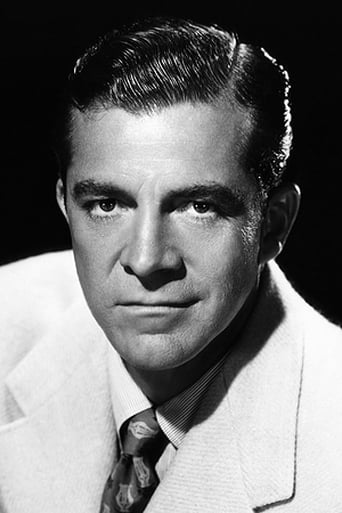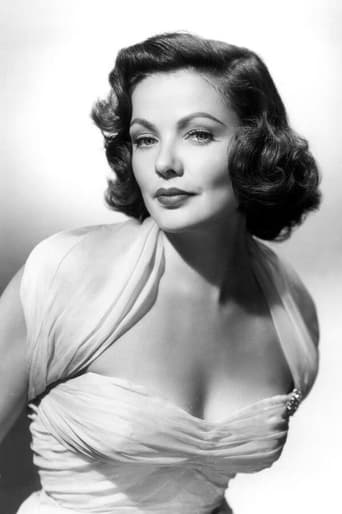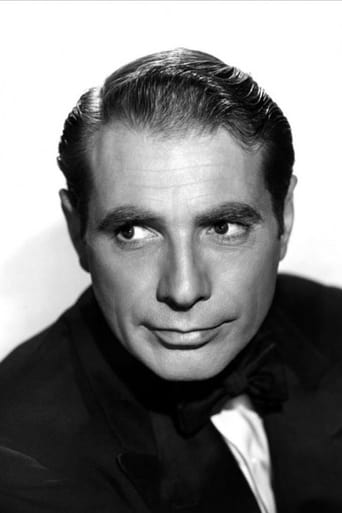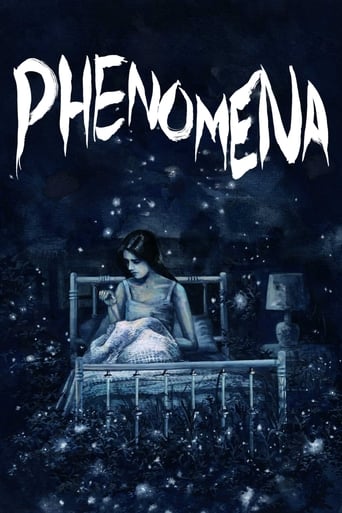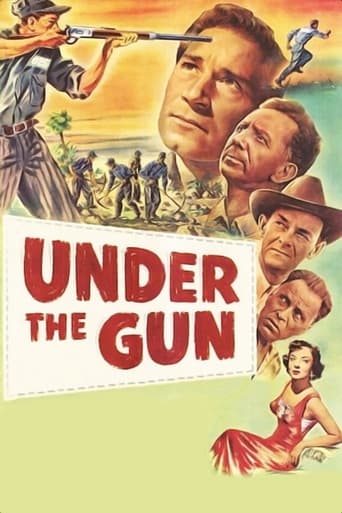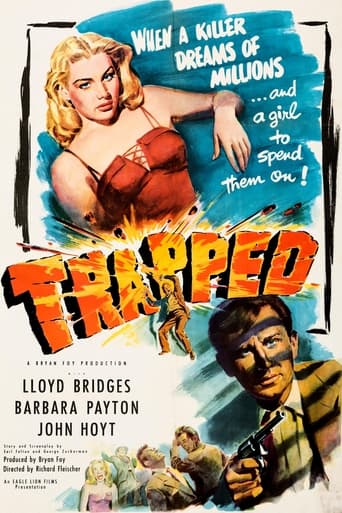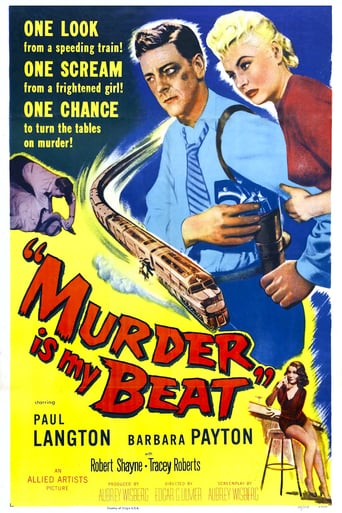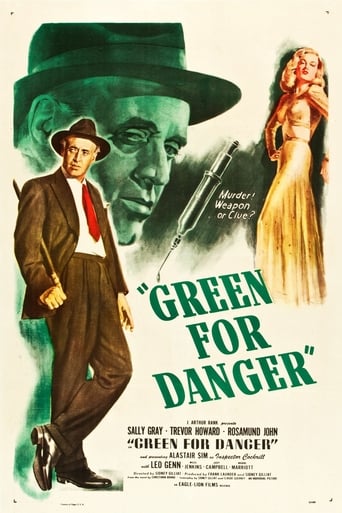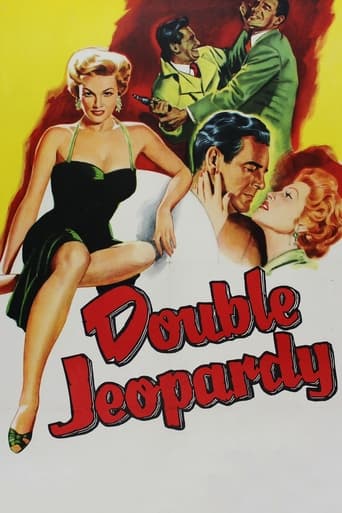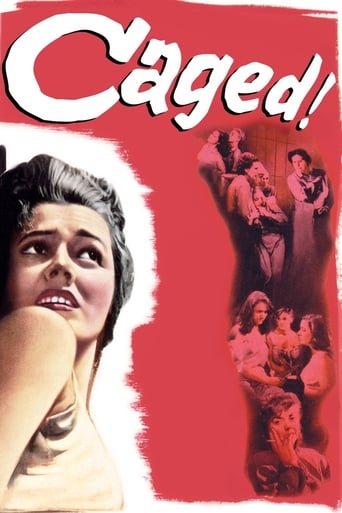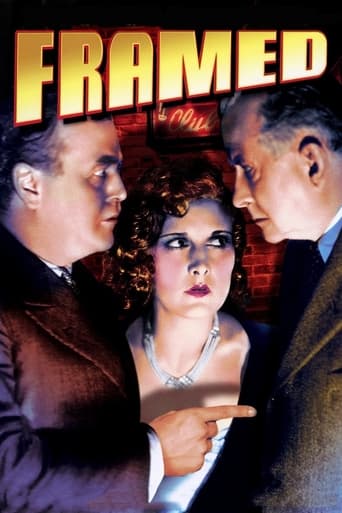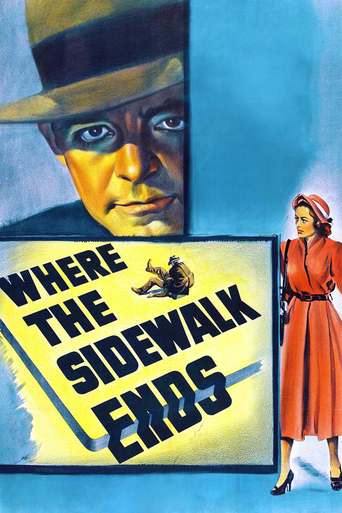
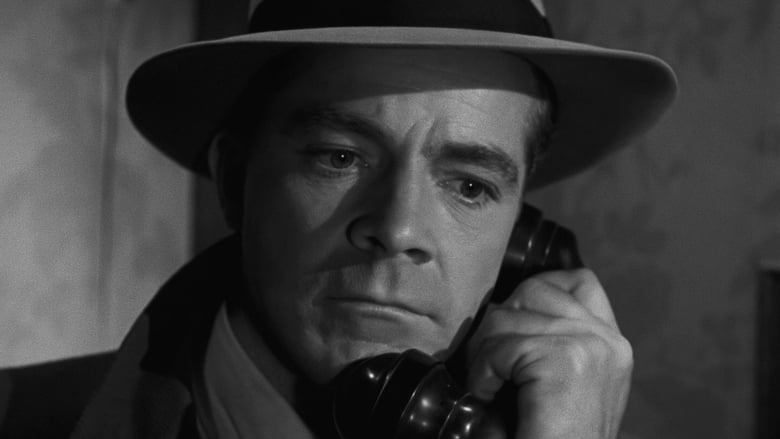
Where the Sidewalk Ends (1950)
A police detective's violent nature keeps him from being a good cop.
Watch Trailer
Cast


Similar titles
Reviews
Very disappointing...
All of these films share one commonality, that being a kind of emotional center that humanizes a cast of monsters.
Unshakable, witty and deeply felt, the film will be paying emotional dividends for a long, long time.
It’s sentimental, ridiculously long and only occasionally funny
When gambler Ted Morrison is murdered, Mark Dixon, a New York police detective, goes to interview Ken Paine, a suspect in the killing. Dixon, in fact, knows that Paine is innocent and that the real killer, a gangster named Tommy Scalise, is trying to frame him. (Scalise was trying to avoid paying a gambling debt he owed to Morrison). Dixon tries to explain what he knows, but Paine, a drunkard and gambler, distrusts all cops and attacks him violently. Dixon attempts to defend himself, and in the ensuing scuffle Paine is accidentally killed.A number of films noirs from this period featured tough, uncompromising cops; Jim McLeod, Kirk Douglas's character in "Detective Story" can be seen as a predecessor of Clint Eastwood's "Dirty Harry". When men like McLeod and Glenn Ford's Dave Bannion in "The Big Heat" go outside the law, however, they generally do so in their zeal to put the bad guys behind bars. "Where the Sidewalk Ends", however, goes further than this. It's "hero", if he can be called such, is a cop who commits a crime in furtherance of his own interests. The crime is not the killing of Paine- Dixon never meant to kill him and only struck him in self-defence. The crime is his attempt to interfere with the course of justice by covering up what he has done. Dixon does not tell anyone what has happened but simply dumps Paine's body in the river. The main reason for his actions seems to be that he is already in trouble with his superiors for his heavy-handed treatment of suspects and is afraid to lose his job.A complicating factor is that Dixon meets, and falls in love with, Paine's estranged wife Morgan. Things become even more complicated when Morgan's father Jiggs Taylor becomes the chief suspect in Paine's death. Taylor certainly would have had a motive for such an act because he hated his son-in-law who had often been guilty of domestic violence against Morgan. When Dixon's boss Lieutentant Thomas becomes convinced that Taylor is the killer, Dixon tries to protect the old man, not by confessing to his own involvement but by trying to place the blame on Scalise.(A case of "the framer framed"). The film is sometimes regarded as a "classic of film noir", but it is not really one of my favourites. A degree of moral ambiguity was a common feature of noir, but here we are never sure whether we are supposed to be cheering Dixon on as a fearless crime-fighter or condemning him as a villain who kills a man and then cynically tries to hide the evidence. As a result the film goes well beyond mere ambiguity and ends up in moral confusion. This confusion is not resolved by Dixon's last-minute confession, a confession which seems to have been inspired less by genuine contrition on the part of Dixon (or by a desire to protect Taylor, who has already been cleared of the charges) than by a concern on the part of the film-makers not to breach the Production Code requirement whereby criminals could never be seen to get away unpunished.The screenplay does make some attempt to explain Dixon's behaviour in psychological terms; his hatred of criminals, for example, is said to derive from the fact that his own father was himself a criminal. To make psychoanalysis of this sort work, however, would require a much finer acting performance than we get from Dana Andrews who plays Dixon with stony-faced impassivity throughout. None of the other cast members make much of an impression. The lovely Gene Tierney is wasted as Morgan, a largely passive character who is the object of other characters' emotions but does not do much in her own right.The reason why I have given the film an above-average mark is that Otto Preminger's direction is considerably better than either the script or the acting. The genre was known as "noir" for two reasons, both very evident here. This first is that films noirs were generally shot using by expressionist photography, with strong contrasts of light and dark, and many scenes set at night. ("Where the Sidewalk Ends" probably has more night-time scenes than most noirs). The second is that (in contrast to many Hollywood films of the period) noir was marked by a sense of pessimism and of an ineradicable strain of violence and criminality lurking beneath the outwardly optimistic surface of American society, and this sense is particularly strong here. In common with some other noirs, this is a film we watch as much for its atmosphere as for its story. 6/10
WHERE THE SIDEWALK ENDS – 1950 Director Otto Preminger reunites with Dana Andrews and Gene Tierney in this top flight film noir. The two had starred in Preminger's noir classic, LAURA in 1944. Also returning to the group from the earlier film is the director of photography, Joseph LaShelle.Andrews plays a real hard case detective, who is not at all adverse to the laying on of hands during "interviews". This behaviour has him constantly in hot water with his bosses. Curb his temper or lose his job is the word.Andrews has a particular bee in his bonnet about slime-ball gambling racketeer, Gary Merrill. He can never seem to get enough goods on the man in-order to send him upstate.Anyways, Andrews ends up killing a suspect, Craig Stevens, to a stabbing at one of Merrill's crap games. He then covers up the crime and dumps the body in the drink. This course of action goes south when the body is discovered all too soon.Then there is a whole series of events that end up with the father of Andrew's ex-wife, Gene Tierney, being suspected of Stevens' murder. What is Andrews to do? Everything he tries seems to backfire. Does he come clean, or does he let the innocent man, Tom Tully, get charged.Director Preminger and cinematographer LaShelle are both on their game here, with an excellent series of night scenes. The endless parade of dark alleys, dank apartments and parking garages really stand out. The cast all shines with a cracker-jack performance by Andrews in particular.This is a real top notch exercise in how to make a film noir.
Otto Preminger directed this film noir that stars Dana Andrews as detective Mark Dixon, recently demoted for roughing up too many suspects. He is determined to take down gangster Tommy Scalise(played by Gary Merrill) but instead knocks out another suspect, inadvertently killing him. Dixon then covers up the crime, but in the ensuing investigation, finds himself falling for the man's widow Morgan(played by Gene Tierney) whose father ends up charged with the crime he committed. How can he clear him, court her, take down Scalise, and escape punishment himself? Involved thriller works well, with fine acting and compelling story, effectively re-teaming Andrews and Tierney.
A poker game gone wrong-An investigation gone haywire, resulting in accidental murder. A cooked cop trying to atone. A model tossed in thanks to her shady estranged husband. Add in the two stars and director of the 1944 masterpiece "Laura" and you have a toxic film noir that doesn't surpass the original, but is great in its own way.If there is a city meant to personify film noir, it is New York. Every single borough with its constantly lighted buildings, twisted streets, rivers, bridges and eternal history of corruption makes the Big Apple the place. Toss in a train crossing the Manhattan Bridge in the middle of the night as a killer tries to get a dead body into his car without being spotted, and you've got the vision of why Film Noir became so special a film genre with so many fans.Dana Andrews and Gene Tierney are reunited and still sparkle in this tight thriller. She's married to a gangster gambler Andrews accidentally killed and she is determined to prove her possessive father, arrested for the murder, innocent of the crime. Gary Merrill plays the gangster, involved in enough crime to get him life, who attempts to blackmail Andrews, demoted for being accused of unnecessary abuse to criminal suspects. That wonderful 1930's character actress Ruth Donnelly has her best later role as a delightfully sarcastic waitress who becomes a cheerleader for Andrews and Tierney to get together, and a young Karl Malden shows great potential as the cop promoted to take Andrews' place.Crisp dialog, tight direction by Otto Preminger, some wonderful visuals of New York at night where an old lady sits up all night near her window simply out of loneliness ever since her husband died. Andrews' cop is not a bad guy; He is simply someone who needs to have his anger toned own. Tierney proves that she is more than just window dressing. Her real-life husband Oleg Cassini has a cameo as himself. As Tierney's father, Tom Tully is powerful, providing both pathos and a bit of comedy.



